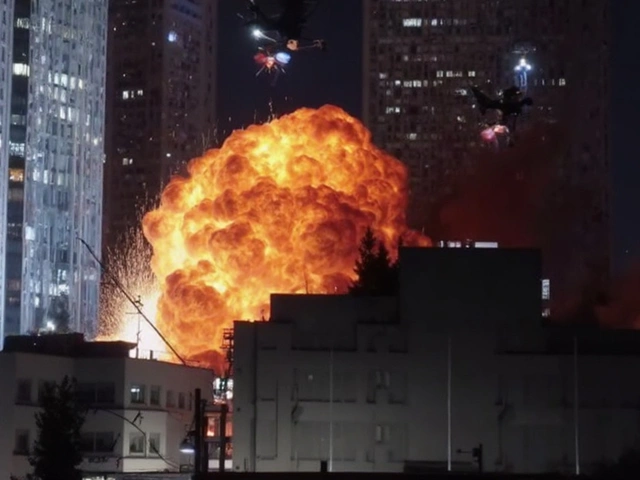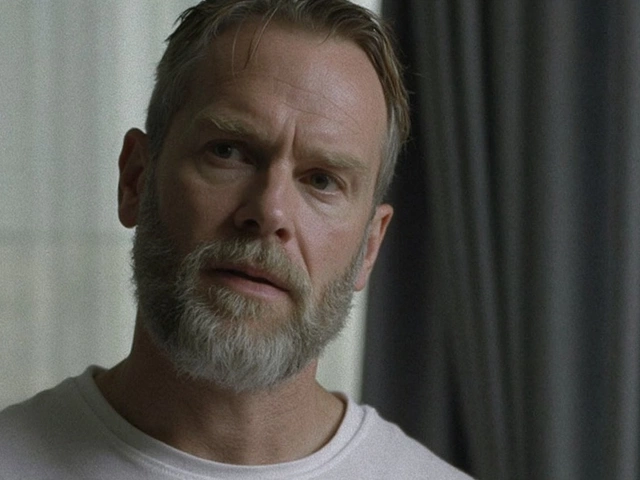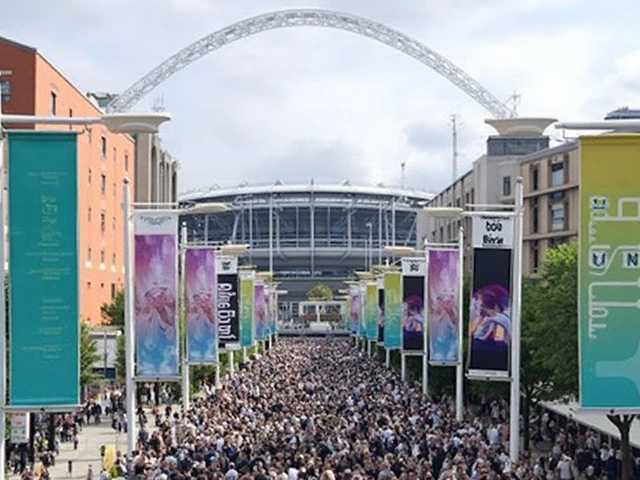London’s iconic map gets a historic rewrite
One of the world’s most familiar designs now carries new names and new stories. Transport for London (TfL) has worked with Black Cultural Archives (BCA) to produce the Black History Tube Map, a reimagining of the Underground map that swaps station names for 272 Black figures who shaped Britain, from pre-Tudor history to the present day. It landed in October 2021, timed with Black History Month and the 40th anniversary of BCA, and it does exactly what a good map should do: it helps people find their way—through London’s past as much as its streets.
This isn’t a novelty poster. It is a researched, carefully curated teaching tool and a public statement. By using the Underground diagram—a design almost every Londoner can read in seconds—the project makes history instantly legible. You look at a line and see a theme. You look at a station and see a name. And you start asking: who was this person, and why are they here?
The map connects people by subject rather than geography. Tube lines are retitled to group lives and achievements across eras and fields. The categories include:
- Firsts and Trailblazers
- Georgians
- Sports
- Arts
- LGBT+
- Physicians
- Performers
- Literary World
- Community Organisers
Some stops anchor names to places with real ties. Nine Elms becomes Janet Adegoke, the first Black African woman to serve as a mayor of a London borough (Hammersmith & Fulham). Battersea Power Station carries John Archer, who in 1913 became the first Black mayor in London—fitting, because he served in Battersea. The familiar map keeps its form; the histories fill in the meaning.
BCA and TfL say the goal is simple: visibility. Arike Oke, Managing Director at Black Cultural Archives, put it this way: “London’s Black history is deeply embedded in its streets and neighbourhoods. We hope that the map will be an invitation to find out more and to explore.” That’s the point of picking the Underground—millions already know the map by heart. The new names turn routine knowledge into a starting point for discovery.
Marcia Williams, TfL’s Head of Diversity, Inclusion and Talent, said the scale matters as much as the symbolism: “Black people have played a significant role in all aspects of British life for thousands of years. It is fantastic to see the true scale and breadth of this contribution commemorated on TfL’s iconic Tube map.” The curation stretches across centuries—pre-Tudor through the Georgian period to contemporary Britain—so you see continuity as well as change.
Look closely and you spot 272 lives that do not usually share the same platform. There are household names, like nurse and hotelier Mary Seacole or Pan-Africanist leader Marcus Garvey. There are also figures the public rarely meets in classrooms or museums, people whose stories sit in archives, community collections, and oral histories. That balance is deliberate. A public map that only repeats the obvious isn’t doing any work.
The project also shines a light on the people who kept London moving. Four transport workers—Joe Clough, Louis Bruce, Blair Blenman, and Momodou Samba—are named to recognise early pioneers and postwar arrivals who faced racism on and off the job but kept serving the city. Clough, widely known as one of London’s first Black bus drivers in the early 1900s, is a case in point: you picture the uniform, the routes, the stares—and the stubborn pride of doing the work anyway.
Education threads through the map. Teachers can build lesson plans straight from its lines—Sports for one group, Literary World for another, then swap. Families can plan weekend walks: pick a neighbourhood, match a station name on the map to the figure it represents, and visit the area to learn more. Museums and libraries can hang the poster and start talks that draw local stories out of the community. The design makes it easy to move from a name to a narrative.
Several placements jump out. Novelist Buchi Emecheta, author of more than 20 books, appears at Walthamstow Central. Katherine Auker, who took her enslaver to court in 1690 over unfair restrictions and won, is placed at King’s Cross St Pancras—right in the heart of a station millions pass through every year. Kathleen Wrasama, a community organiser and founding member of the Stepney Coloured People’s Association, sits at Burnt Oak. Photographer Khadija Saye, whose work explored Gambian-British identity and who died in the Grenfell Tower fire at 24, is placed at Gants Hill; the London Transport Museum later created a photography fellowship in her name.
That mix tells you what the editors value: civic leadership, creative work, community building, and the daily labour that keeps a city alive. It also signals that Black British history is not a side chapter. It is the through-line—embedded in councils and courtrooms, on stages and sports fields, in hospitals and on the depot floor.
The map’s form matters, too. The Underground diagram is not a literal street map; it’s a network. First drawn in the 1930s, the layout trades geographic precision for clarity, so riders can navigate a complex system with quick, clean cues. Repurposing that layout for history sends a quiet message: these lives are part of the network. They connect. They help you understand how the city works.
Reactions at the launch reflected that pride. Ricky Jones, a TSSA organiser who attended, called it “a great tool in bringing icons of black history, with their many stories and achievements, to a wider audience,” adding that using such an iconic design supercharges visibility. It’s the simplest kind of outreach—meet people where they already are, then give them more to see.
Black History Month in the UK runs every October, when schools, councils, and cultural organisations put new focus on stories that often sit in the margins the rest of the year. By releasing the map that month, BCA and TfL gave educators and parents a ready-made resource, but the content doesn’t expire when the calendar flips. These are lives to carry through the year.
How did the names land where they did? The curators linked stations to local ties where possible—like Archer in Battersea—or used the themed lines to bring people with shared fields together across the city. That approach keeps room for debate. A historian might argue for a different placement. A community might propose an addition. Good. Maps are living documents when they spark conversation.
The selection spans the spectrum: activists and organisers, performers and poets, doctors and scientists, athletes, public servants, and everyday pioneers who opened doors but never made headlines. The point is not only to honour the famous, but to build a fuller picture of Britain as it was and is—global, inventive, stubborn in the face of barriers, and richer than a single narrative can hold.
For Londoners who grew up riding the Tube, there’s something powerful about seeing a familiar station replaced by a name that changes how you think about your own city. You stand on a platform you know and suddenly feel the past press a little closer. That is what representation does: it puts the past within reach and says, this is yours, too.
There is also a quiet practical benefit. A map like this invites self-guided learning. You do not need a museum ticket or a lecture hall. You can follow a line—say, Physicians—then look up the figures grouped there and trace how medical knowledge moved through Britain. You can track the Literary World line and see how stories reshaped the language and the nation. You can build your own route and your own reading list.
BCA’s role sits at the heart of this. Founded in 1981 and based in Brixton, the archives have spent decades collecting, preserving, and sharing Black British history. That long work behind the scenes is what makes a public map like this possible. When people push for representation, they’re also asking for investment in the slow, careful research that gives projects like this their backbone.
TfL’s involvement matters for another reason: reach. The Tube map is not niche design; it’s a civic language. Using it for public history says that telling the full story of the city is part of the transport body’s job, too. You run buses and trains. You also help carry culture and memory.
The map is available as an A1 poster from the BCA shop, the kind you can hang in a classroom, a library, a community centre, or a front room. It’s a conversation starter that works without a guide. You scan a line, you latch onto a name, you look up the life, and then—if the curators got it right—you keep going.
You can feel the absences as well as the presences. A single poster can’t hold every figure who deserves recognition, and that’s not a failure. It’s a prompt. The next teacher, student, or curator adds to the story. The next map might bring in more local figures or dig deeper into a single field. That’s how public history grows: through use, critique, and steady expansion.
What does success look like here? Not just social media buzz or a nice photo opportunity. It looks like a bus driver who sees Joe Clough’s name and feels a little taller in uniform. It looks like a teenager in Walthamstow who discovers Buchi Emecheta and starts writing. It looks like a visitor who never heard of Kathleen Wrasama leaving Burnt Oak with a new name lodged in their head. Small shifts, multiplied by a city.
London’s transport system is more than steel and schedules. It is a map of who gets to move and who gets seen. By lifting 272 lives onto the diagram that millions use every day, TfL and BCA have turned a tool for getting from A to B into a guide to where we’ve been—and who brought us here.
How to read it—and where it goes from here
Start with a line that speaks to you—Sports, Arts, Community Organisers—and pick three names. Look up each one, then trace how their work connects across time. That’s the hidden gift of the themed lines: they show patterns. You spot mentorship chains, see how policies blocked or enabled progress, and notice the places where communities built their own institutions when none would open the door.
If you want a route with place-based ties, follow stations that have direct links to the lives named there, like Archer in Battersea or Adegoke at Nine Elms. That’s a good way to plan a weekend walk, and it’s an easy way for schools to tie local studies to wider British history. And if you’re teaching, the themes double as modules. Each line can carry a term’s worth of reading and projects.
Projects like this often spur spin-offs—talks, walking tours, classroom packs. Even without those, the poster stands on its own. The key is that it’s public, familiar, and portable. You don’t need special training to use it. You just need curiosity.
As for what comes next, the appetite is clearly there. The map arrived with support from across the transport family and beyond. It fits a broader push by public bodies to tell a fuller story of Britain—one that includes the struggles, the triumphs, and the daily graft that too often drop out of the frame. If the poster gets you to ask who else belongs on these lines, it’s doing its job.
For now, it does something rare: it makes you look again at something you thought you knew. Same colours. Same lines. Different names. And a city that, on second glance, feels bigger, older, and more connected than it did before.




